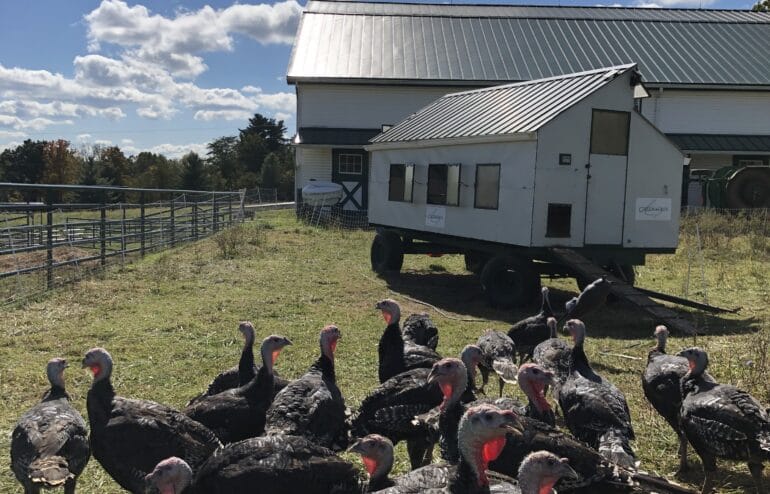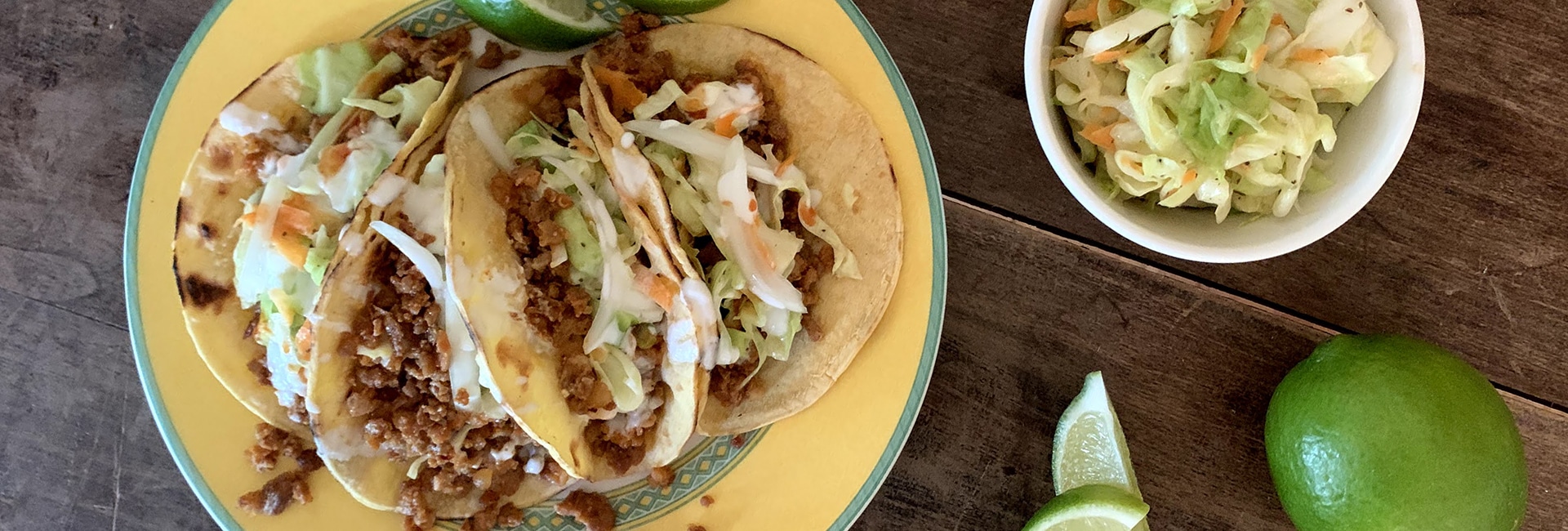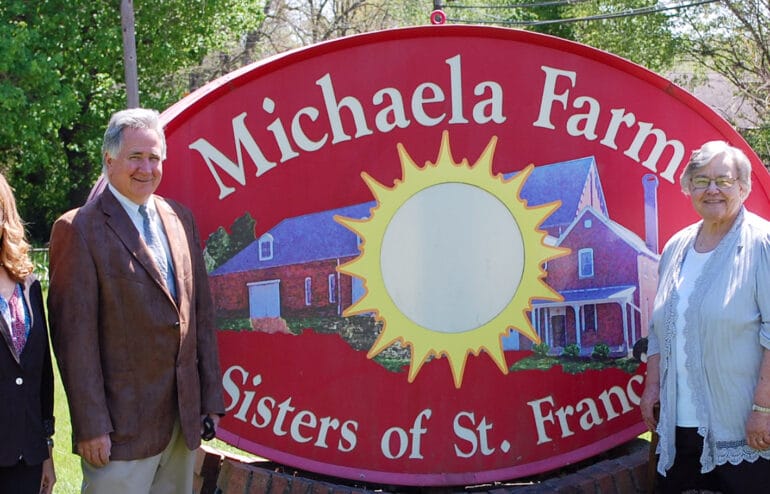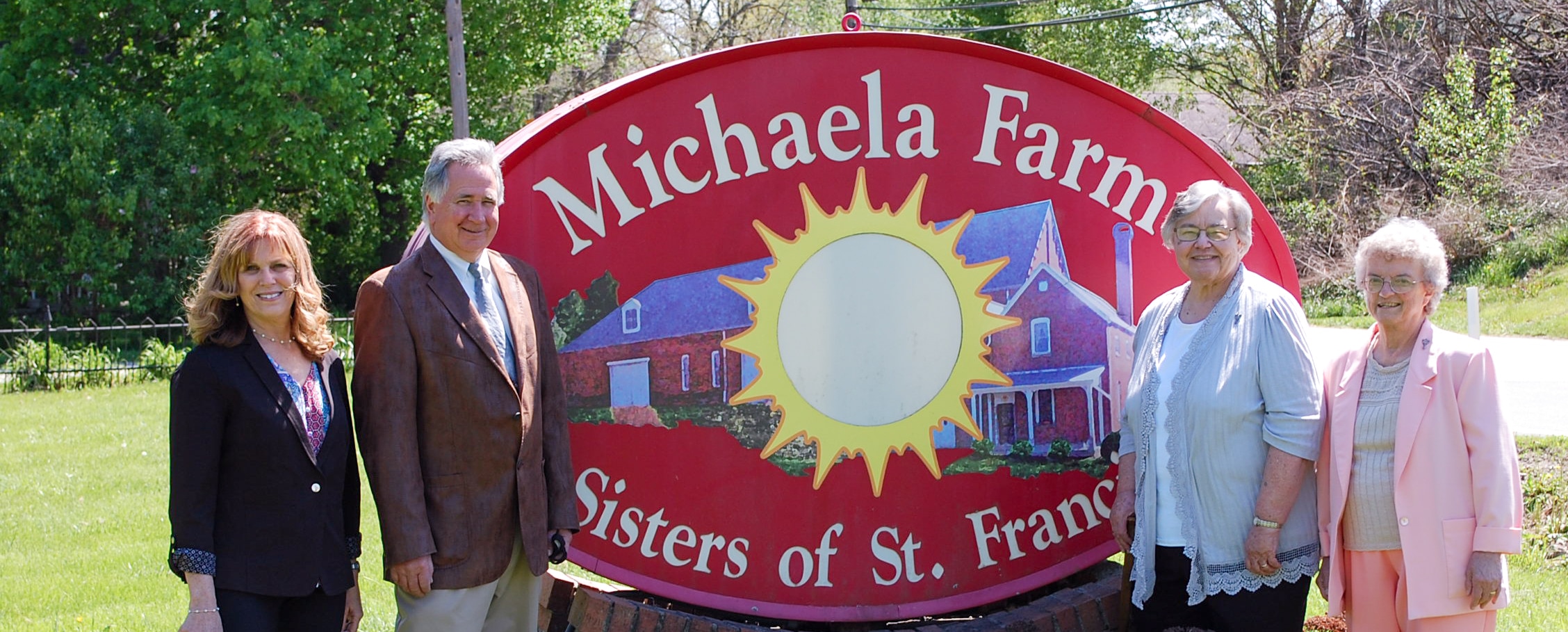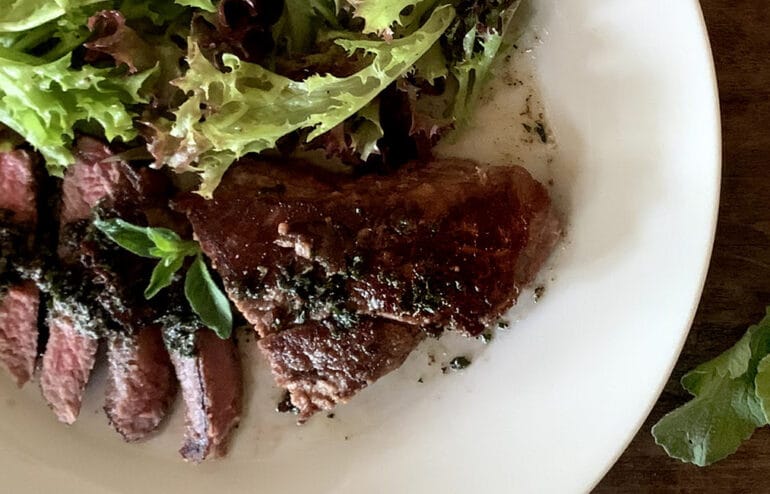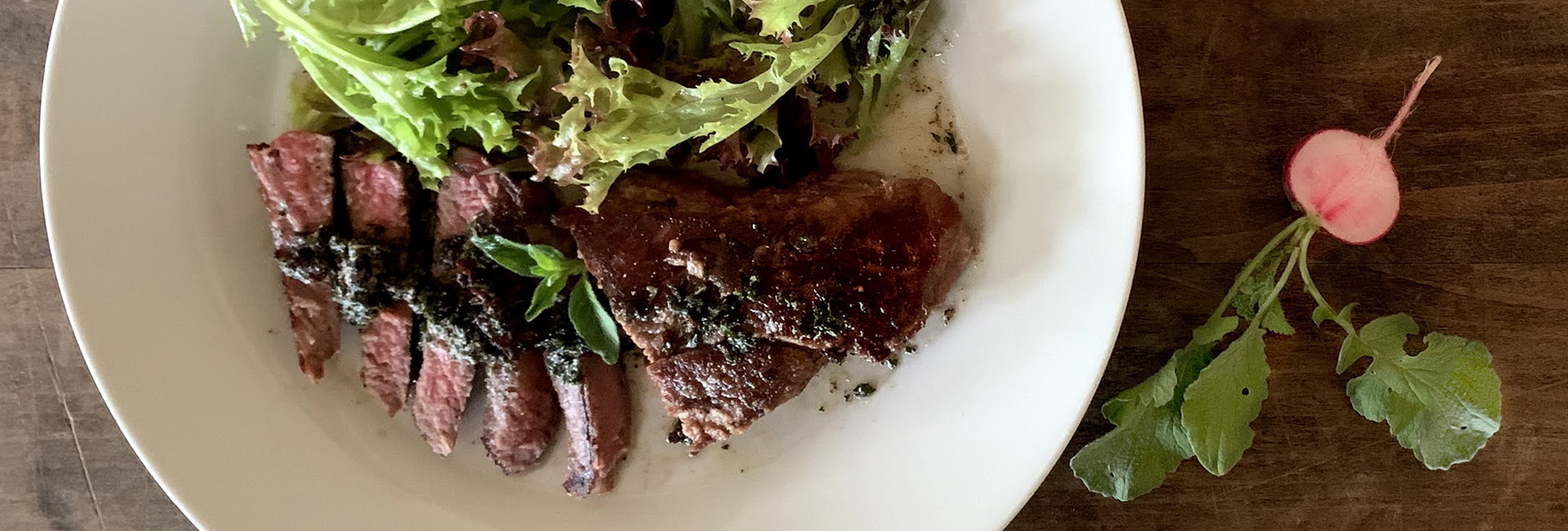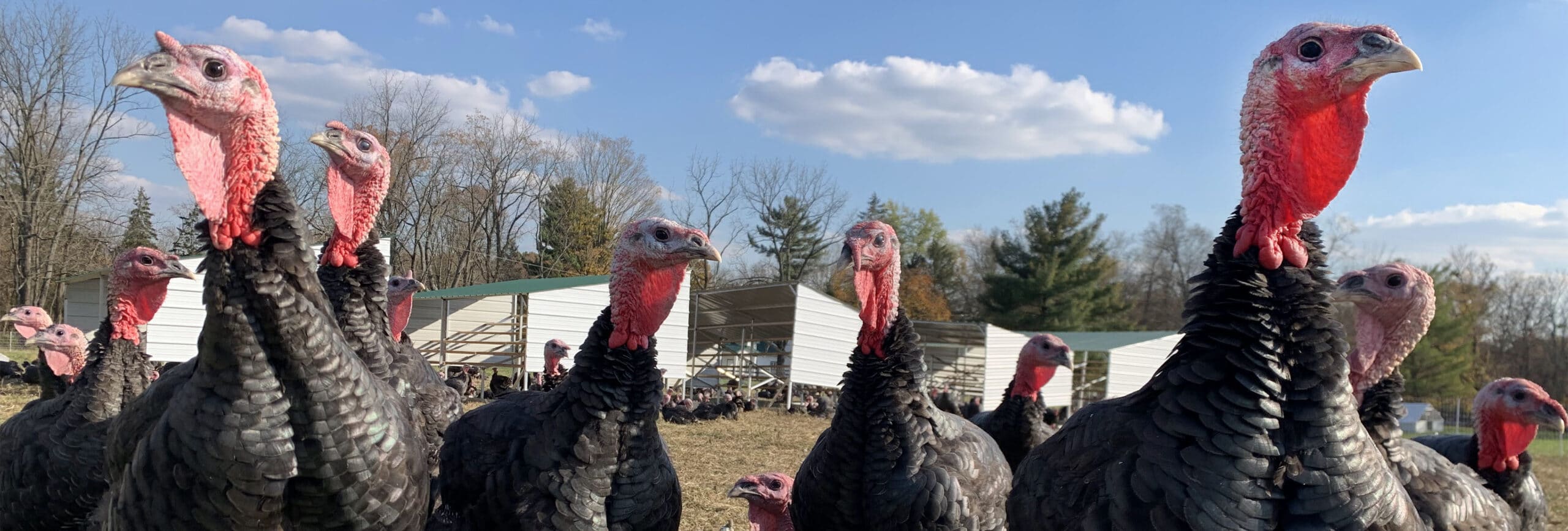
Raising Turkeys at Greenacres
Commercially produced turkeys are usually raised in huge indoor warehouses, a completely different life than turkeys raised at Greenacres. From August to November, our livestock crew cares for hundreds of turkeys that arrive as day-old poults. They spend their first few weeks in a brooder, a heated housing unit, until they’re old enough to regulate their own body temperature and live outside.
Turkeys Belong Outside
After 4-5 weeks, the young turkeys are big enough to move outdoors, but still too small to leave unprotected. They spend the next 3 weeks on pasture while housed in our poultry tractors, protected from predators while being moved to fresh grass daily. Their nitrogen- rich manure is a key component in building our soil fertility.
Once they are large enough to no longer be attractive to a hawk or owl, they are released from the tractors to large fenced paddocks where they are frequently rotated through the pasture. We keep our bulls nearby to discourage coyotes. Turkeys instinctively roost up off the ground to protect themselves from predators, so we provide roosting houses that were custom designed by our livestock manager and fabricated by our estate crew.
A Healthy Lifestyle
What do our turkeys eat? Birds are omnivores, needing a variety of plant and animal foods to stay healthy. In addition to the insects, grasses, clover, etc. they forage, we also provide a locally produced, non-GMO turkey feed. This well-rounded diet, in addition to all the exercise they get from roaming the pasture, results in a much more delicious turkey.
All livestock handling and housing arrangements on our farm meet or exceed Certified Humane guidelines. Our turkeys are carefully loaded into our trailer before Thanksgiving and driven by our staff to our poultry butcher; a small, family owned, USDA inspected facility only 80 miles from our farm. Here they are humanely processed and packaged for your Thanksgiving dinner.
The Greenacres Difference
So what’s the difference? Why go through all this trouble to raise our turkeys? Because all these choices make a difference. Our efforts result in healthier birds who live happier lives, healthier conditions for our staff, healthier soils, and a healthier, more delicious turkey to grace your holiday table. A note about feathers… The turkey you typically buy at the grocery store has been bred to have white feathers, a genetic trait selected so feathers aren’t as visible, at the expense of overall turkey health and flavor. Our turkeys have bronze feathers, which may occasionally be visible on the turkey you bring home – simply remove before cooking.

